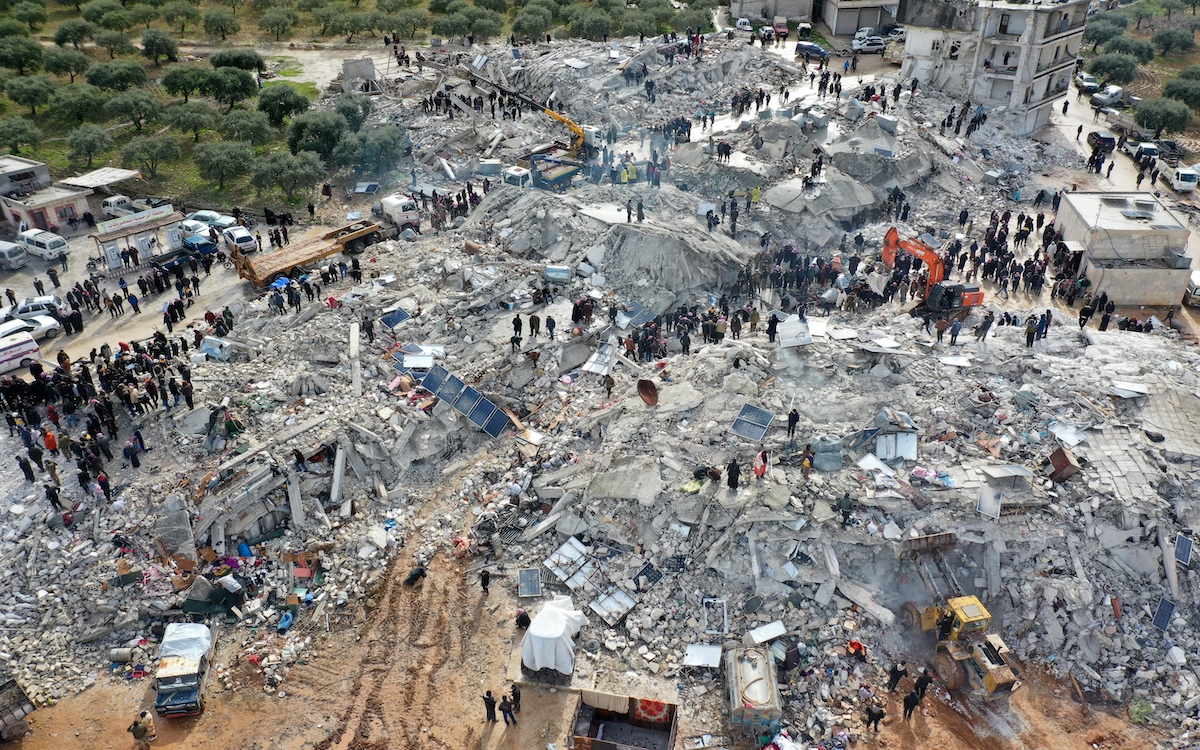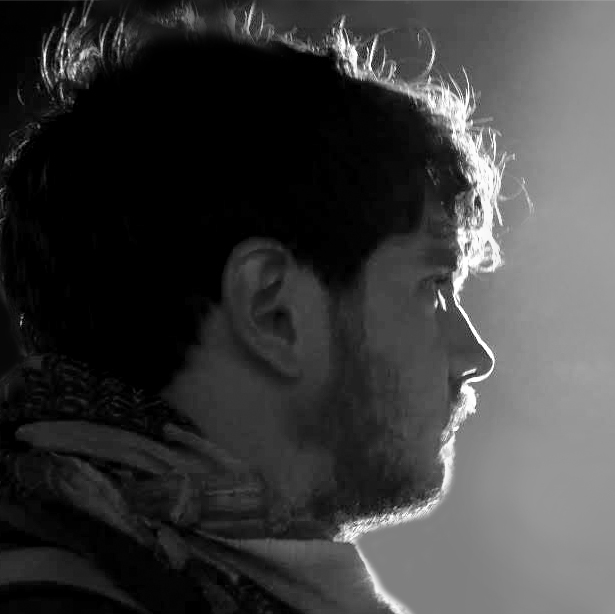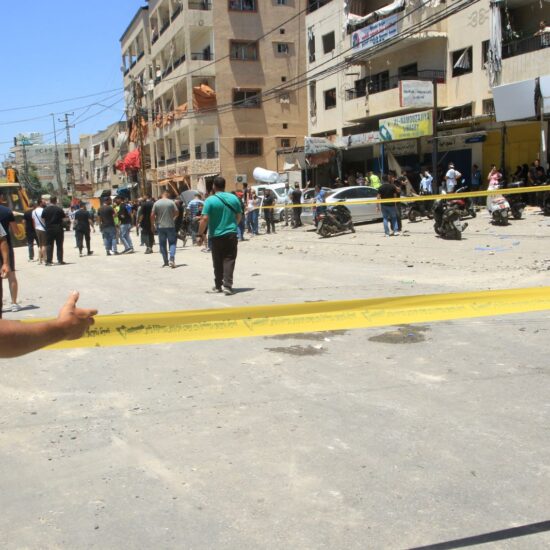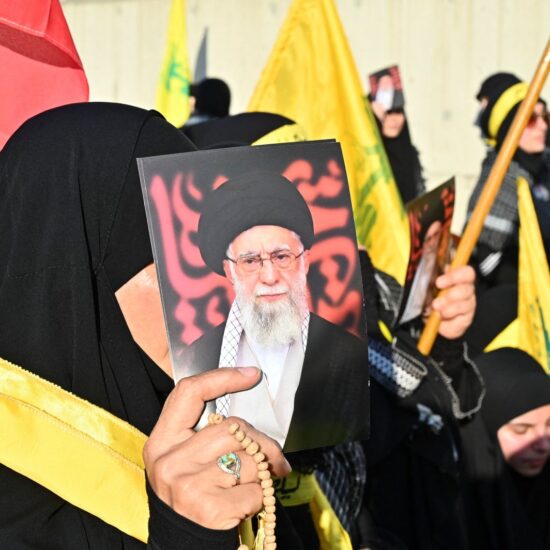
A powerful 7.8 magnitude earthquake struck southern Turkey, just outside of Gaziantep, leaving devastating damage in its wake in the southern border region of Turkey and northern Syria. It was the worst earthquake to hit Turkey since 1939.
So far, over 5,000 people have been reported dead, including four Lebanese, with thousands more still missing as rescuers continue to dig through the rubble.
Felt throughout the region: The earthquake occurred at around 3:20 in the morning. Its epicenter was located in Pazarcik district of Kahramanmaraş and was relatively shallow, around 18 kilometers deep, leading to widespread devastation in Turkey and Syria.
The earthquake could be felt throughout the region, particularly in Lebanon, Cyprus, Palestine and Israel.
In Lebanon, the earthquake caused panic as it brought back the traumas of the August 4 Beirut Port explosion. Many took to social media to say that they were waiting for the explosion to come.
Panic in Lebanon: Outside of reliving trauma from the Beirut Blast, the earthquake sent panic throughout the small Mediterranean country in the initial aftermath following the natural disaster.
While Turkey was hit by a 7.8 magnitude earthquake, the one felt in Lebanon was believed to be around 4.8.
For the most part, in Lebanon, there was only some material damage, with the exception of a building that collapsed in Ain Atta, a village in the Rashaya al Wadi district.
In Tripoli, in northern Lebanon, people fled their houses over fears that the buildings, particularly the older ones, would collapse either from damage caused by the initial earthquake or from its aftershocks.
Mosques in Tripoli played Quranic verses, and there was massive amounts of shooting in the air to wake people up and get people to leave their homes in the event that their buildings were damaged and collapsed.
مشهد يلخّص ويختصر التروما في لبنان.. الفيديو من طرابلس بعد الهزة الارضية.. الناس في الشوارع او في سياراتها. الهزة تعيد الناس الى كوارث وانفجارات وحوادث عايشها اللبناني طيلة السنوات والعقود الماضية. ومنها انفجار بيروت. نهرب دائما من الموت..
pic.twitter.com/9U4ZGLLlZe— Salman Andary (@salmanonline) February 6, 2023
Lebanon’s infrastructure is in significant need of repairs and the economic crisis has only allowed it to further worsen.
On June 26, 2022, a building in the Daher al-Magher neighborhood of Tripoli collapsed after a rain and thunderstorm weakened it.
The Lebanese government does not have any clear plan on how to address a natural disaster and has so far failed at updating its infrastructure. With the recent earthquakes and aftershocks, the country’s infrastructure is only more at risk.
In Syria: After more than a decade of civil war and constant bombardment, infrastructure in Syria has been at a low point for years before the earthquake struck. Now, countless people have been displaced, with their homes gone and nowhere else to go.
For Syrians in the affected areas, it brought up the traumas of war as many quickly looked to the sky to see where the bombs were coming from, only for them to realize that it was an earthquake and not the Syrian government or Russian bombs causing the damage.
The country’s civil defense, also known as the White Helmets, have been working since the early hours of the morning to dig through the rubble in areas like Azaz in the Aleppo governorate.
Search and rescue efforts continue for 29+ hours in earthquake northwestern #Syria amidst harsh conditions with 790+ fatalities and 2,200+ injuries reported. The death toll is expected to dramatically rise as hundreds remain trapped under rubble. pic.twitter.com/MvjN04zMPJ
— The White Helmets (@SyriaCivilDef) February 7, 2023
Photos and videos released in the earthquake’s aftermath show rescuers pulling victims out of the destroyed buildings, as well as the tarp-covered bodies of those who they were not able to save.
In government-controlled regions, 812 people have been reported dead and more than 1,449 injured. In rebel-held territories, the White Helmets have reported more than 790 dead and over 2,200 injured with hundreds more still trapped.
Lebanese citizens Sawsan Nasouri and her daughter Celine Haddam were killed in the coastal city of Latakia in Syria. They were living there while Celine completed her university studies in the city.
In the wake of the destruction, and despite the freezing temperatures at night, rescuers continued to work in the darkness, using whatever light they could in order to keep digging and save the people that have remained trapped under the rubble.
In Turkey: Turkey is no stranger to earthquakes, especially along the Anatolian Fault where the massive quake occurred, but the severity of this earthquake and the amount of damage that it has caused is something that has not been seen in the country in decades.
Turkey has so far announced that at least 3,432 people were killed and another 21,103 injured with videos of the aftermath showing cities in shambles.
Of those killed in Turkey includes Lebanese Dr. Wissam Mohammad Kheir al-Asaad and his daughter Nadwa who were living in Gaziantep.
The Lebanese Foreign Ministry has been in contact with Turkish officials about the Lebanese trapped under the rubble and have yet to be reached.
According to members in the Lebanese community in Turkey, there are still over a dozen Lebanese still missing.
Among the buildings destroyed in Turkey was the Gaziantep Castle, a landmark that stood for over 2,000 years.
In response to the devastation in Turkey and Syria, Lebanon’s caretaker Prime Minister Najib Mikati sent the caretaker Public Works Minister Ali Hamie to Damascus and the Lebanese army, Lebanese Red Cross, firefighters and civil defense to Turkey to assist in the search and rescue operation.
A quick break in Turkey before heading to the first rescue mission pic.twitter.com/jY85cNxKmS
— Pompier Acrobat 👨🏻🚒 (@khalilelhelou) February 7, 2023
A second earthquake, magnitude 7.5, was recorded in southeast Turkey at around 1 pm which will likely lead to even further devastation.
More to come: While there are already more than 5,000 people dead, the search remains underway and the death toll is likely to rise.
With there being a second earthquake recorded less than 12 hours after the first and dozens of aftershocks, the damage is likely far from over and the process of rebuilding remains a long way off.
Nicholas Frakes is a senior reporter with @NOW_leb. He tweets @nicfrakesjourno.








